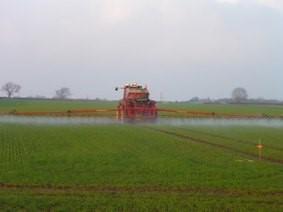Chapter 2 - Methodology - A single spray period is defined as a continuous 5 hour period. The study concentrates on January to March. The Ecomac data set, weather, field operations, spray machinery, spray time available.
chapter 3 - IFS results, uses real data from the trials, the number of applications per site, mode of action, environmental impacts, product choice.
Chapter 4 - machinery
Chapter 5 discussion - weather effects, effect on farming types, IFS vs conventional, rotational effects, environmental issues


